Frequently Asked Questions
1. What is a pocket knife?
2. What are the benefits of owning a pocket knife?
3. How do I choose the right blade type for my pocket knife?
4. What factors should I consider when selecting a pocket knife?
5. How can I maintain my pocket knife?
When it comes to outdoor adventures or daily tasks, having the right tools can make all the difference. One such essential tool is the pocket knife. Known for its versatility, the pocket knife—often categorized under EDC knives (Everyday Carry knives)—is an outstanding companion for various activities. Whether you're a seasoned camper, a landscaping professional, or simply someone who enjoys the conveniences of everyday carry, knowing how to choose the right pocket knife is crucial. In this guide, we’ll walk you through the important factors to consider when selecting the perfect pocket knife for your unique needs.
Understanding the Basics of Pocket Knives
Before diving into the decision-making factors, it’s essential to understand what pocket knives are. A pocket knife is a folding knife with one or more blades that can be folded into the handle. This compact design makes them practical and easy to carry. EDC knives are particularly popular as they are designed for everyday tasks and often come with additional features that enhance their usability.
Benefits of Owning a Pocket Knife
- Versatility: Pocket knives can be used for a wide range of tasks—from opening packages to preparing food.
- Portability: Their compact size makes them easy to carry in a pocket, purse, or backpack.
- Durability: A well-made pocket knife is built to last and withstand daily wear and tear.
- Cost-Effective: Investing in a quality pocket knife can save you money on tools and gadgets.
Key Features to Consider
When searching for the right pocket knife, it’s important to evaluate several key features. These attributes will not only enhance your experience but also ensure that the knife meets your specific needs.
1. Blade Type
The blade type is one of the most important aspects to consider when selecting a pocket knife. Different blade shapes serve various purposes:
- Drop Point: This blade shape is versatile and great for both slicing and piercing.
- Clip Point: Ideal for detailed work, the clip point blade allows for precision cutting.
- Hawkbill: This unique blade shape is perfect for specialized tasks such as slicing and skinning.
Understanding the blade type and your intended use will significantly impact your choice of pocket knife.
2. Blade Material
Another crucial element to evaluate is the blade material. Various materials provide different levels of hardness, edge retention, and corrosion resistance. Common materials include:
- Stainless Steel: Offers excellent resistance to rust and is typically easier to maintain.
- Carbon Steel: Known for its sharpness and edge retention, but requires more maintenance to prevent rust.
- Composite Materials: Combine properties of both carbon and stainless steel for enhanced performance.
Choosing the right material will depend on your usage frequency and environment.
3. Size and Weight
The size and weight of your pocket knife should complement your lifestyle and preferences. Consider the following:
- Everyday Carry: If you plan on carrying your knife daily, a lightweight, compact model is ideal.
- Outdoor Use: For camping or hunting, a slightly larger knife might provide more functionality.
Understanding Locking Mechanisms
A reliable locking mechanism is vital for maintaining safety and functionality. Here are the common types of locks:
- Framelock: Secure and easy to operate using the frame of the handle.
- Linerlock: A small finger lever inside the handle that locks the blade in place.
- Backlock: One of the oldest designs, featuring a lever on the back of the knife that locks the blade open.
Assess how you’ll be using your knife to determine which locking mechanism best suits your needs.
Additional Features to Enhance Usability
Many pocket knives come with additional features that can enhance their usability. Consider the following:
Multi-Functionality
Some EDC knives include extra tools like screwdrivers, can openers, or scissors. These multi-functional tools transform a simple pocket knife into a versatile toolkit, catering to various situations you might encounter.
Handle Material and Design
The handle material affects both the grip and overall appearance of the knife. Here are some common materials used:
- Plastic: Lightweight and often featured in budget models.
- G10 and Micarta: Durable materials that offer excellent grip and aesthetics.
- Metal: Provides sturdiness, but can be heavier.
Finding a comfortable grip is paramount for effective use and safety.
Brand and Price Considerations
While many brands cater to pocket knives, it's essential to recognize which ones are reputable. Research and read reviews to get an idea of the quality offered. Additionally, consider your budget. Quality EDC knives come in various price ranges, so set a budget that aligns with your needs without sacrificing quality.
Maintenance Tips for Pocket Knives
Once you have selected the perfect pocket knife, knowing how to maintain it will prolong its lifespan and ensure it performs well. Here are some maintenance tips:
- Cleaning: Regularly clean your knife with soap and water, being sure to dry it thoroughly.
- Lubrication: Apply food-safe oil to the pivot mechanism to ensure smooth operation.
- Sharpening: Use a whetstone or sharpening stone to maintain a sharp edge.
Knowing When to Carry Your Pocket Knife
Understanding when to carry your pocket knife can make a significant difference in both your convenience and safety. Check local laws and regulations to ensure compliance regarding knife carry rules. Also, consider the social context; a discreet EDC knife may be appropriate for outdoor activities, while using a larger knife in urban settings might attract unwanted attention.
What to Avoid When Choosing a Pocket Knife
Here are some common pitfalls to avoid during your selection process:
- Overlooking Your Needs: Don’t choose based solely on aesthetics; ensure the knife meets your practical needs.
- Poor Quality Materials: Avoid low-quality materials that can compromise safety and performance.
- Ignoring Local Laws: Always be aware of carry regulations to avoid legal issues.
Your Perfect Companion Awaits!
Choosing the right pocket knife is an essential undertaking that can significantly enhance your daily activities or outdoor adventures. Whether you prefer a compact EDC knife for daily use or a more robust model for survival situations, understanding the features, materials, and safety measures will help you make an informed decision. By considering blade types, handle materials, locking mechanisms, and maintenance practices, you’ll find the perfect pocket knife that not only meets your practical needs but also reflects your personal style and enhances your daily life.
So go ahead, research, and take that plunge into the world of pocket knives! The right knife is out there, ready to be your reliable companion for whatever life throws your way.


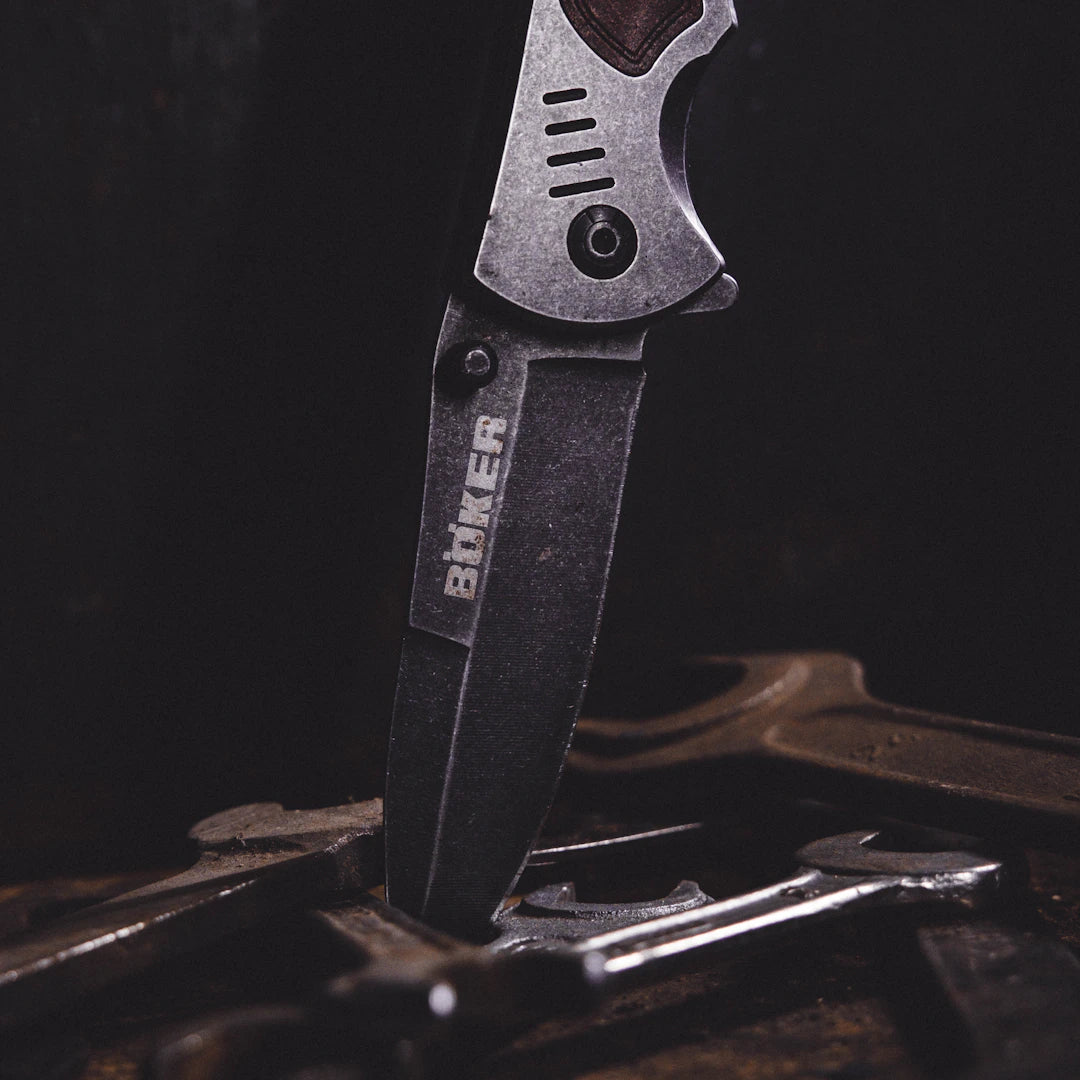



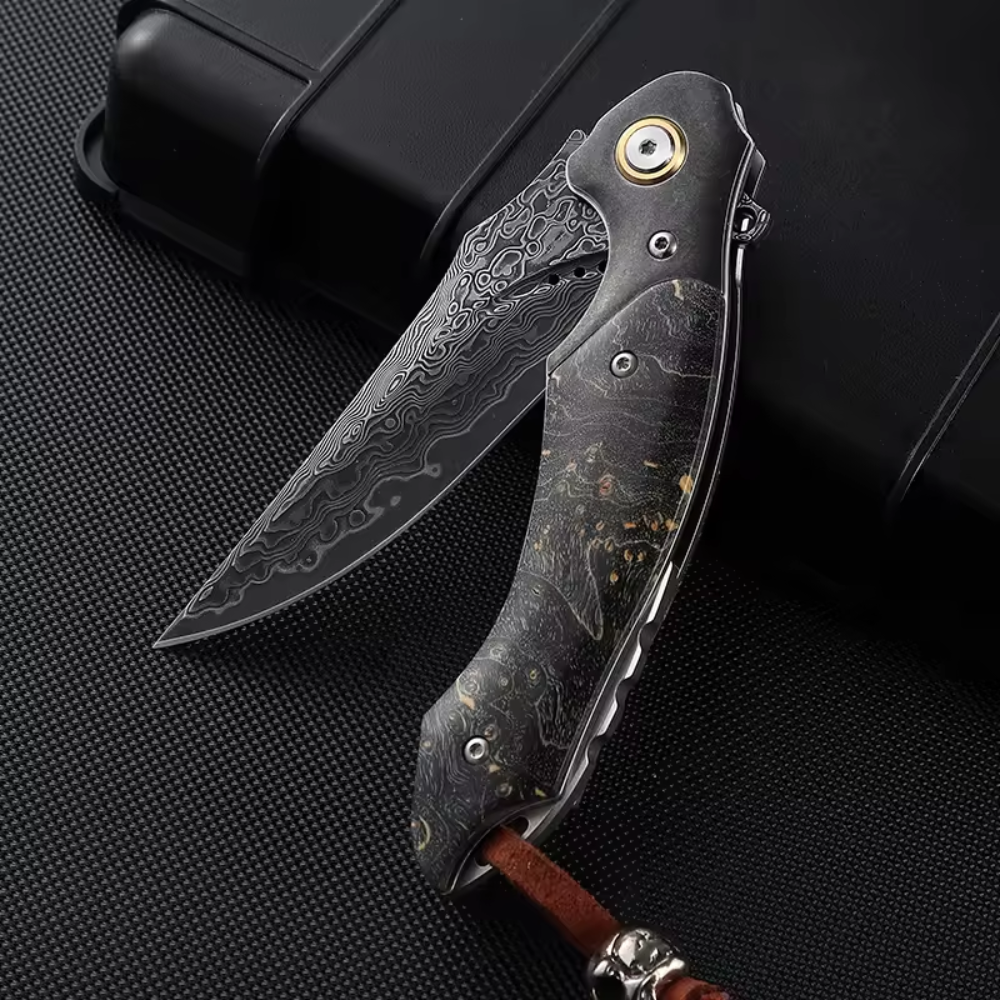
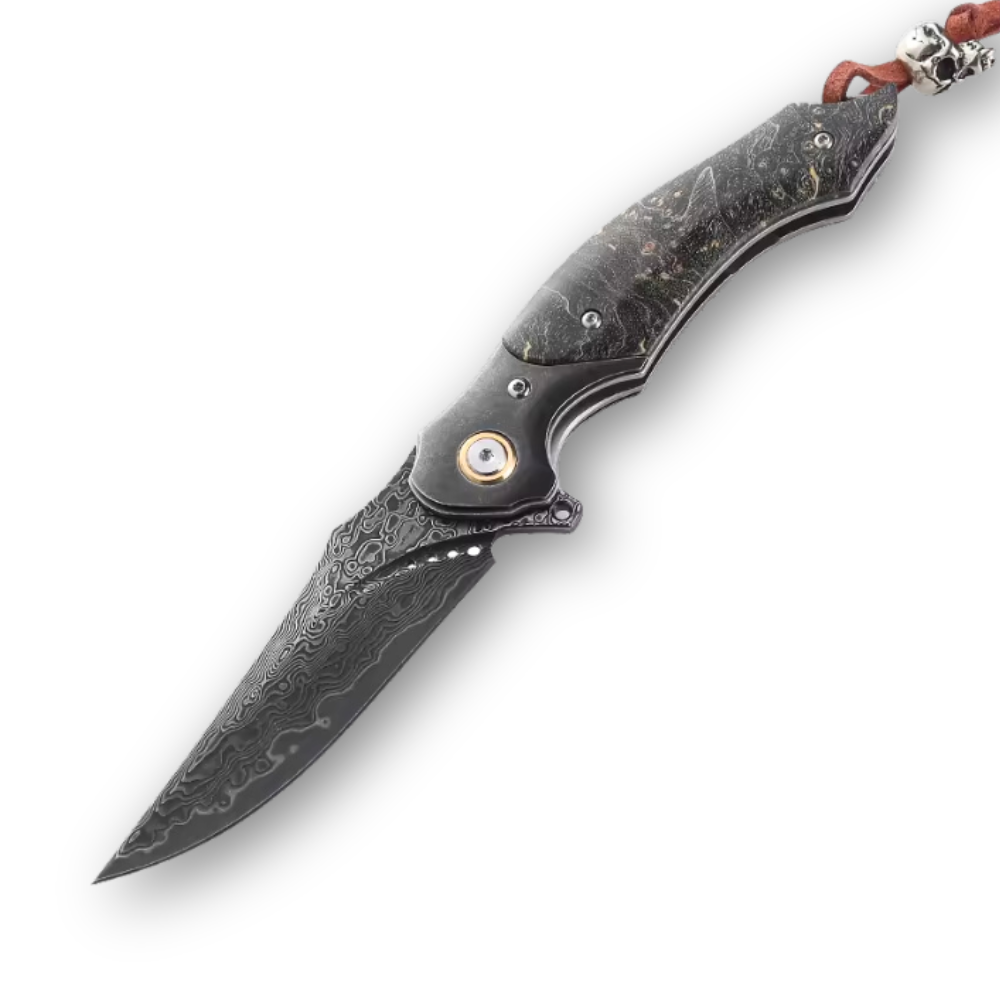
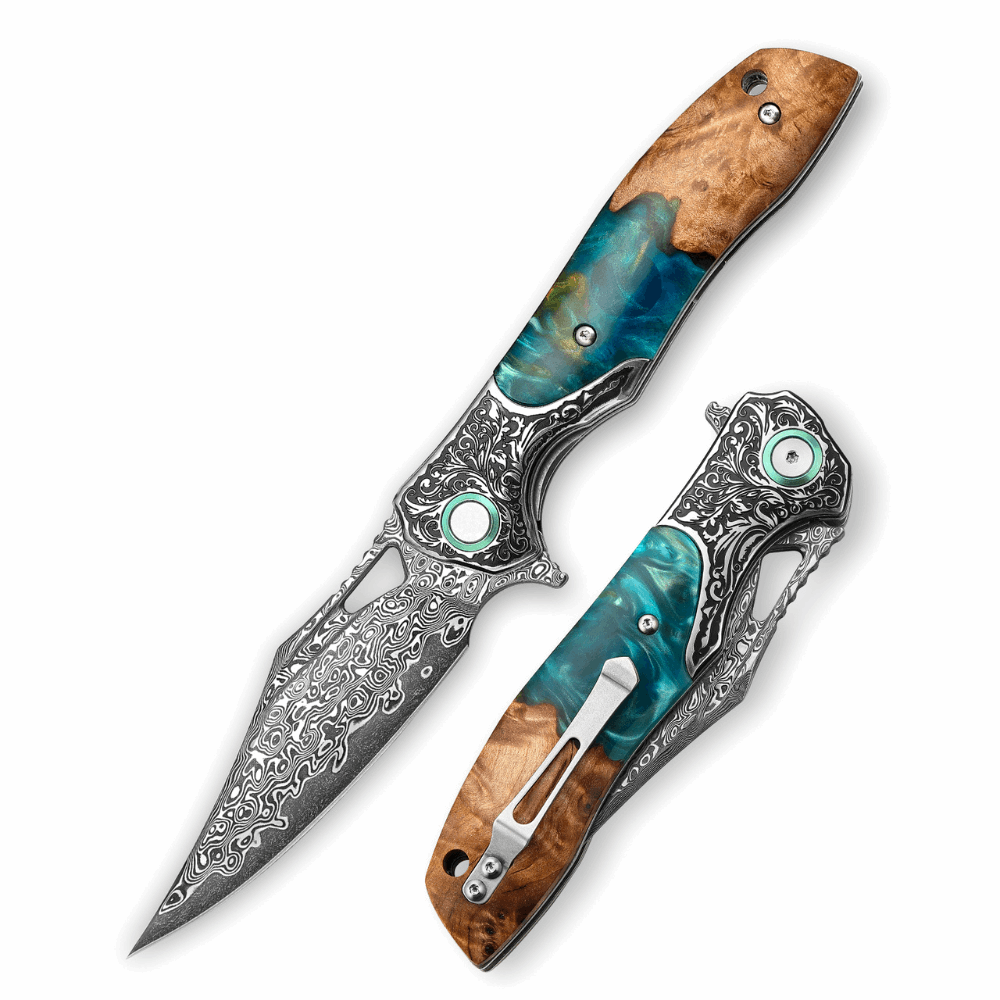
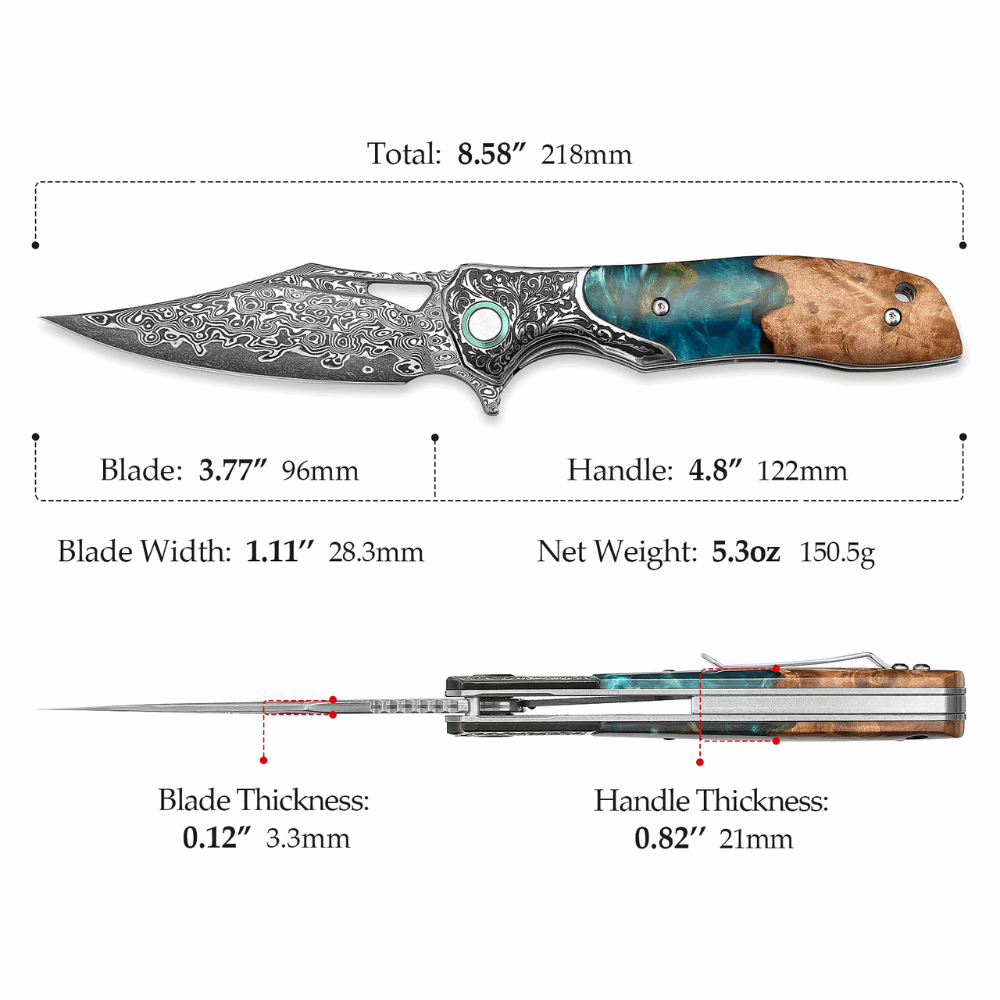
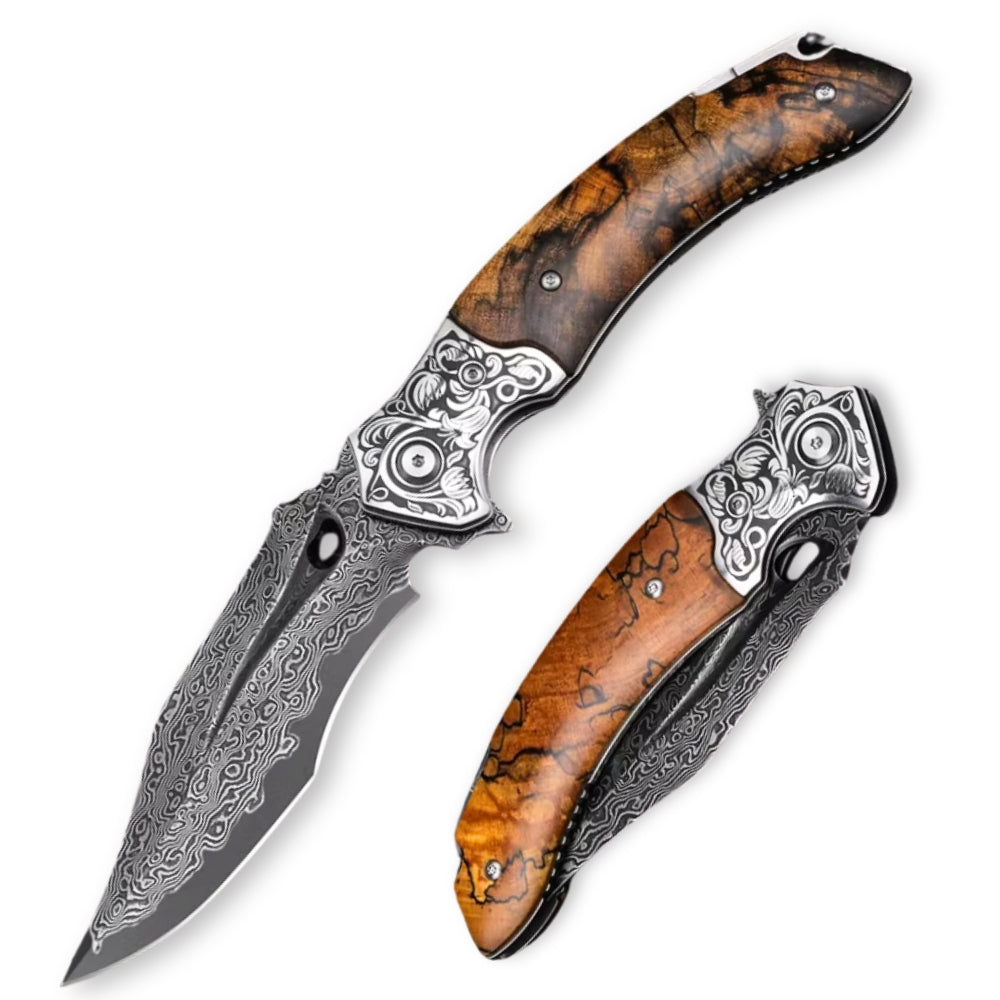
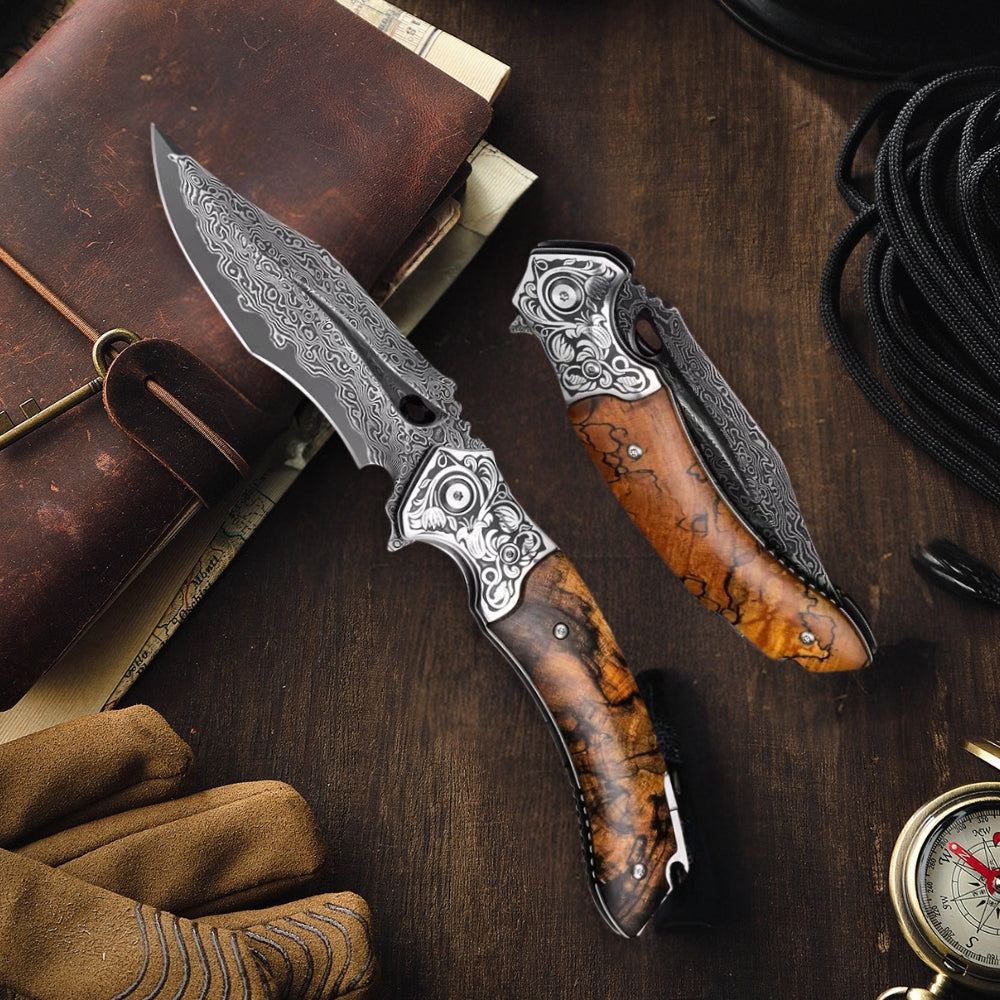
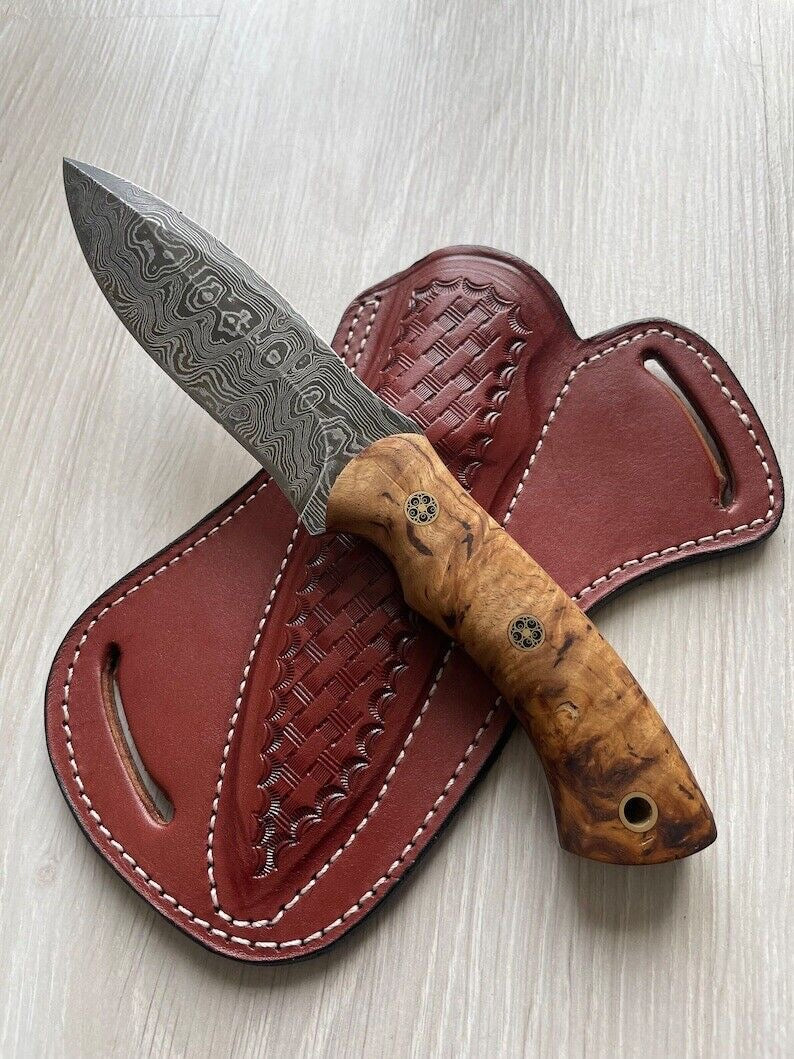
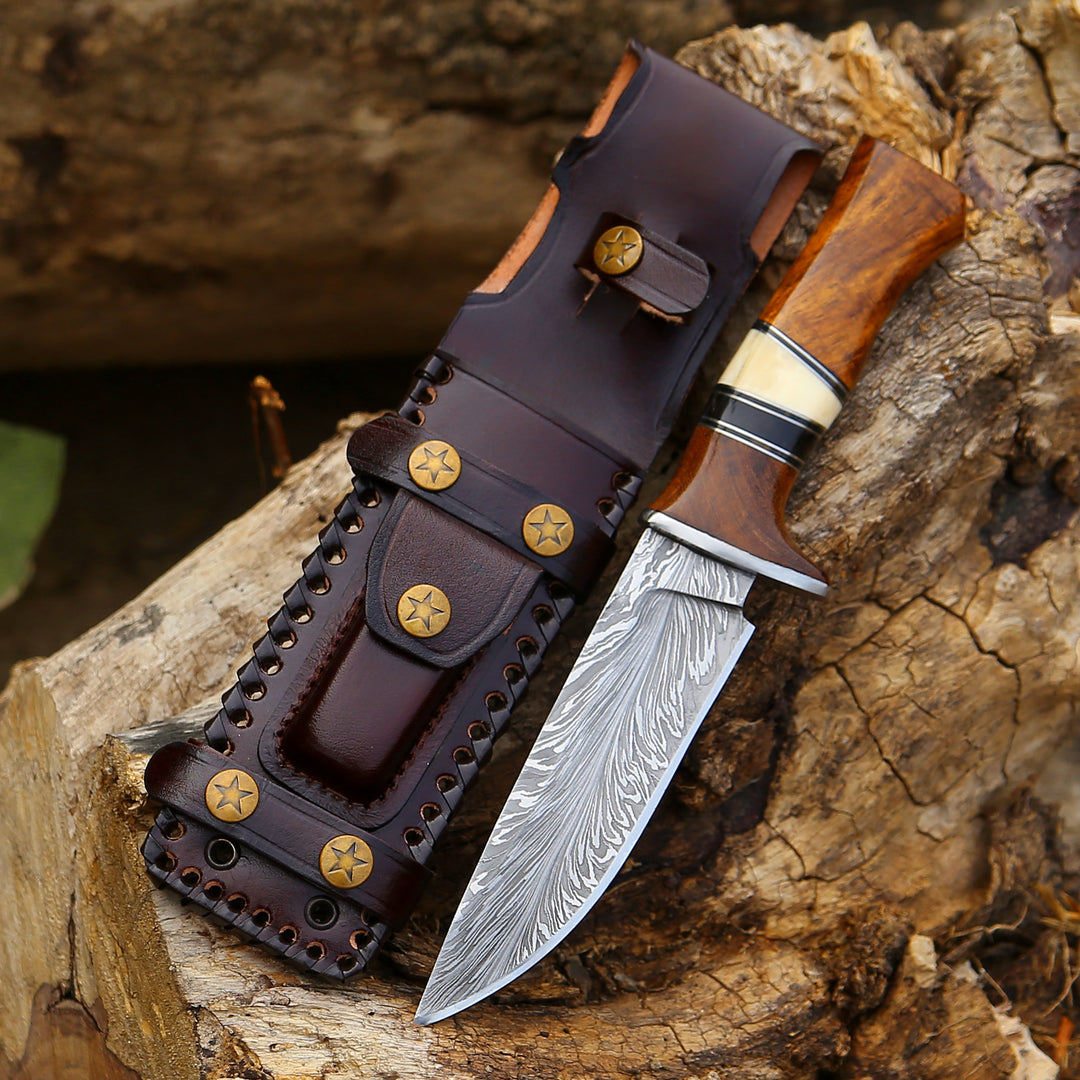
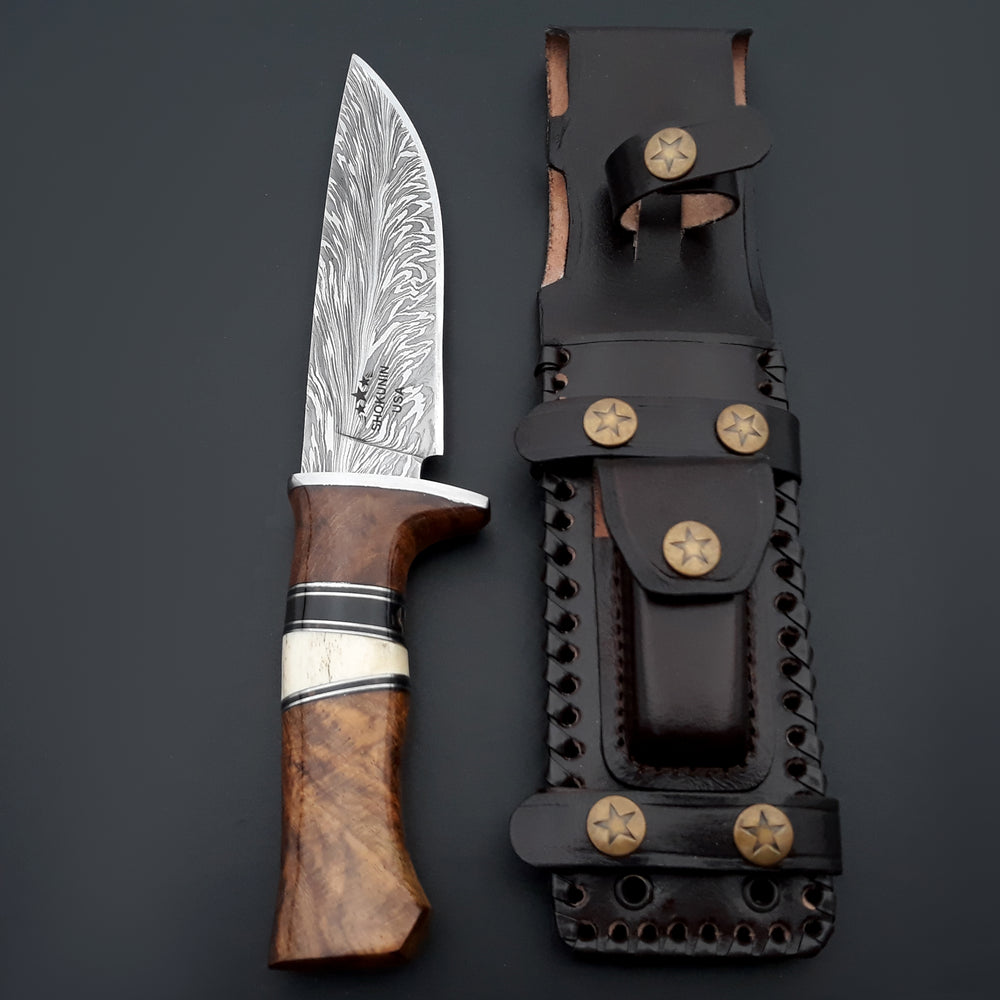
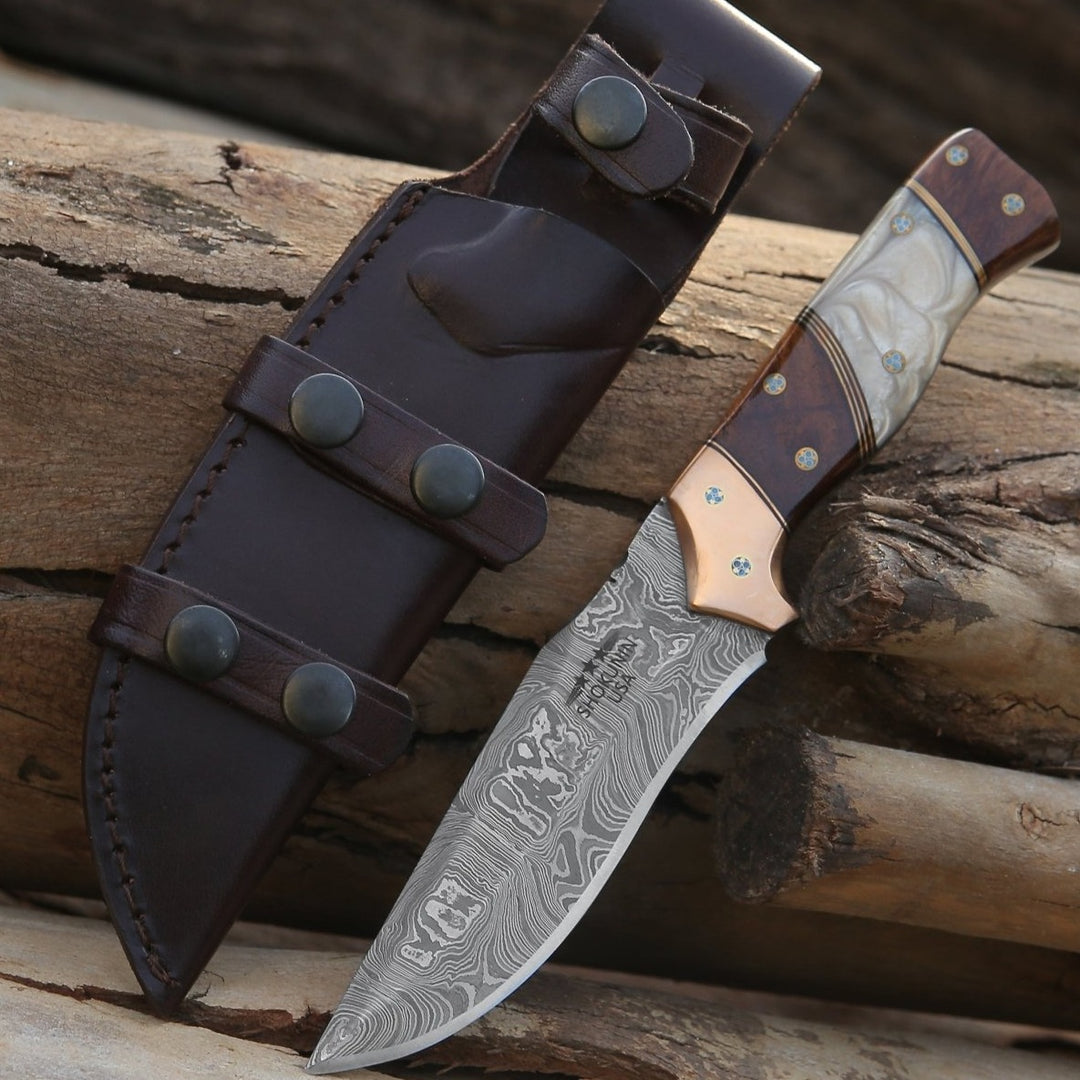
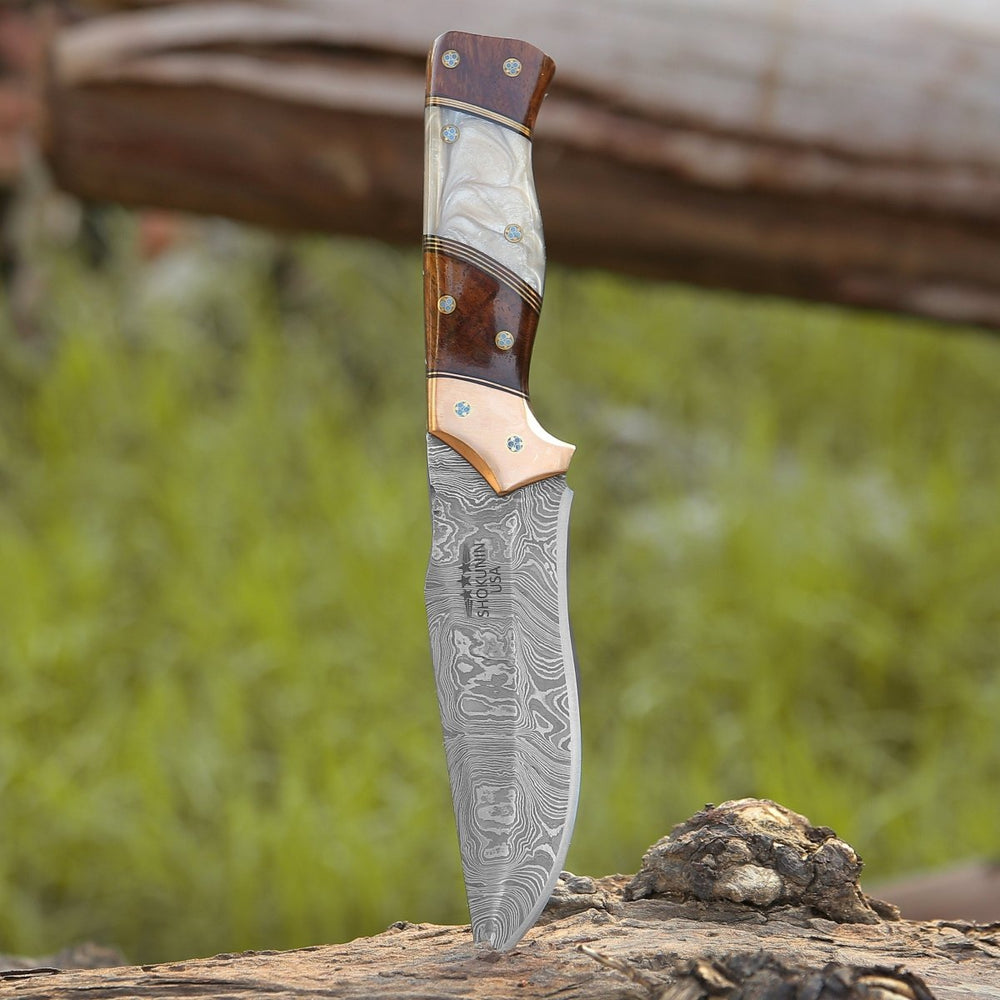
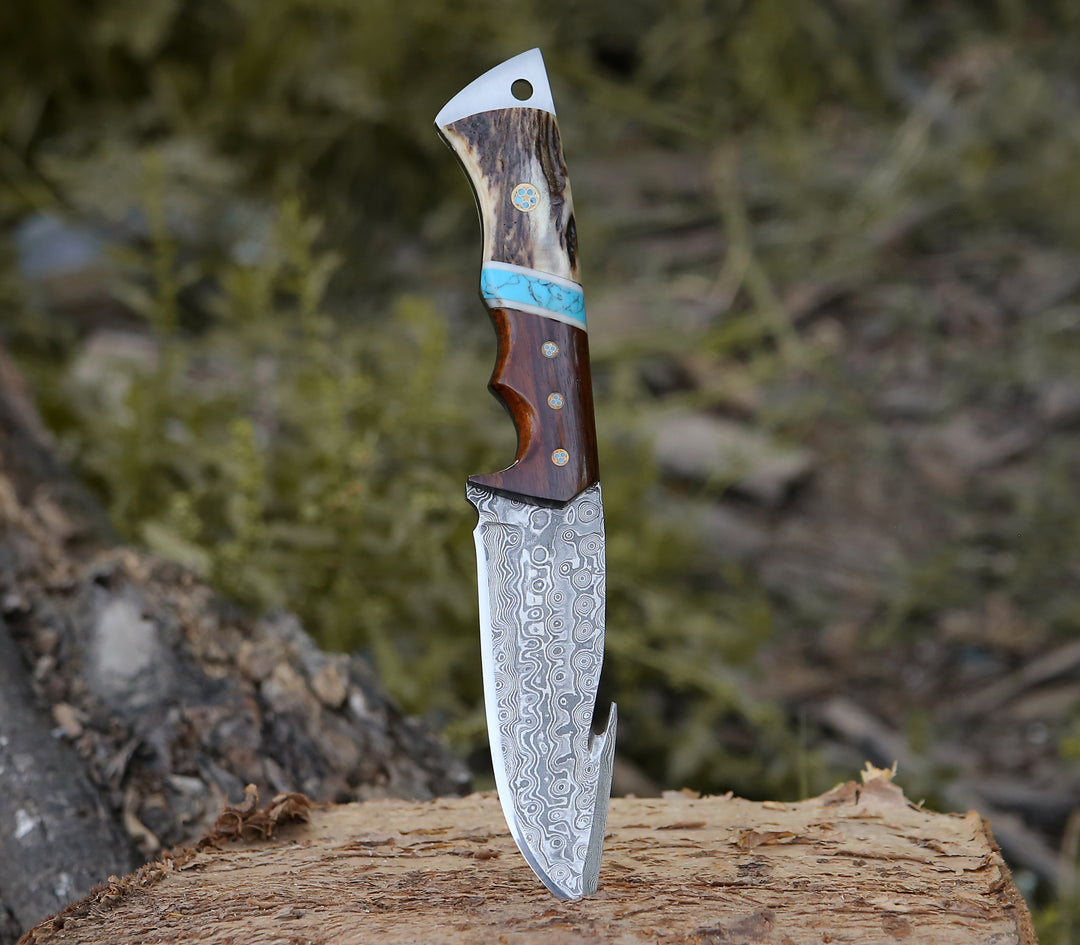
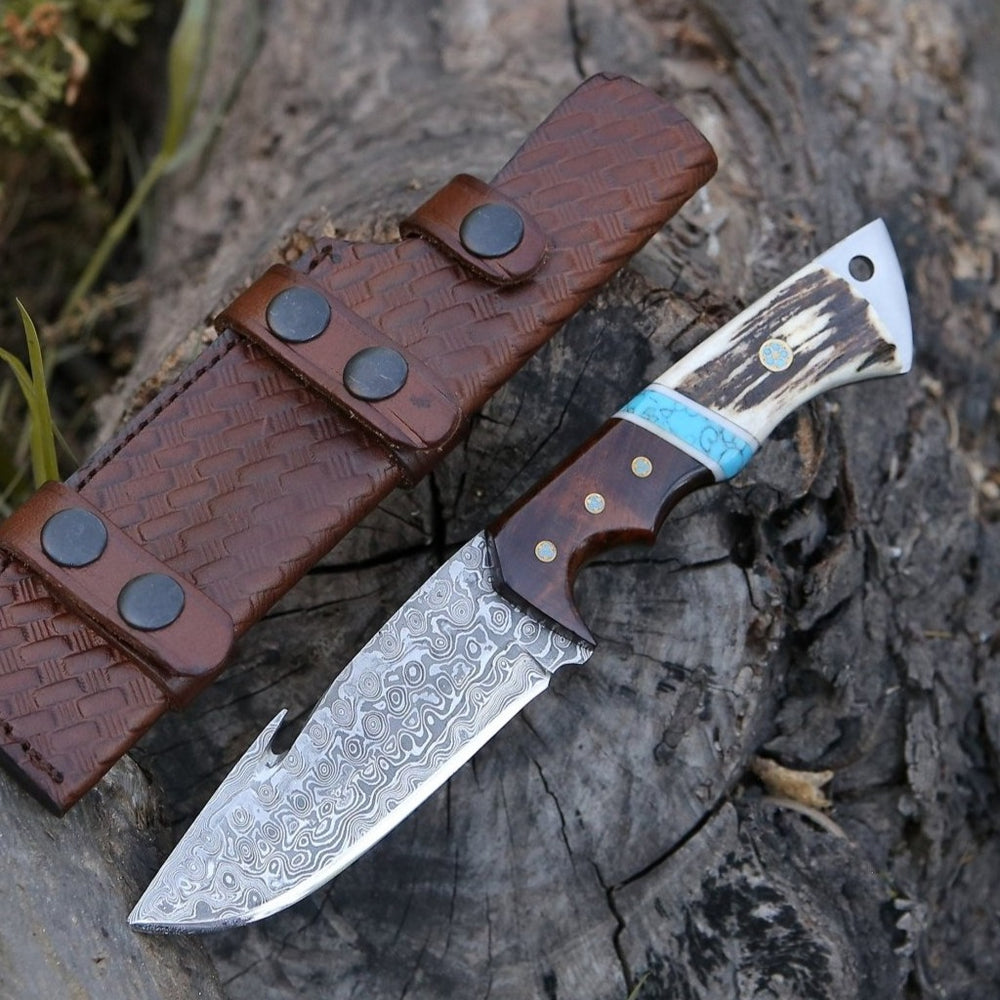
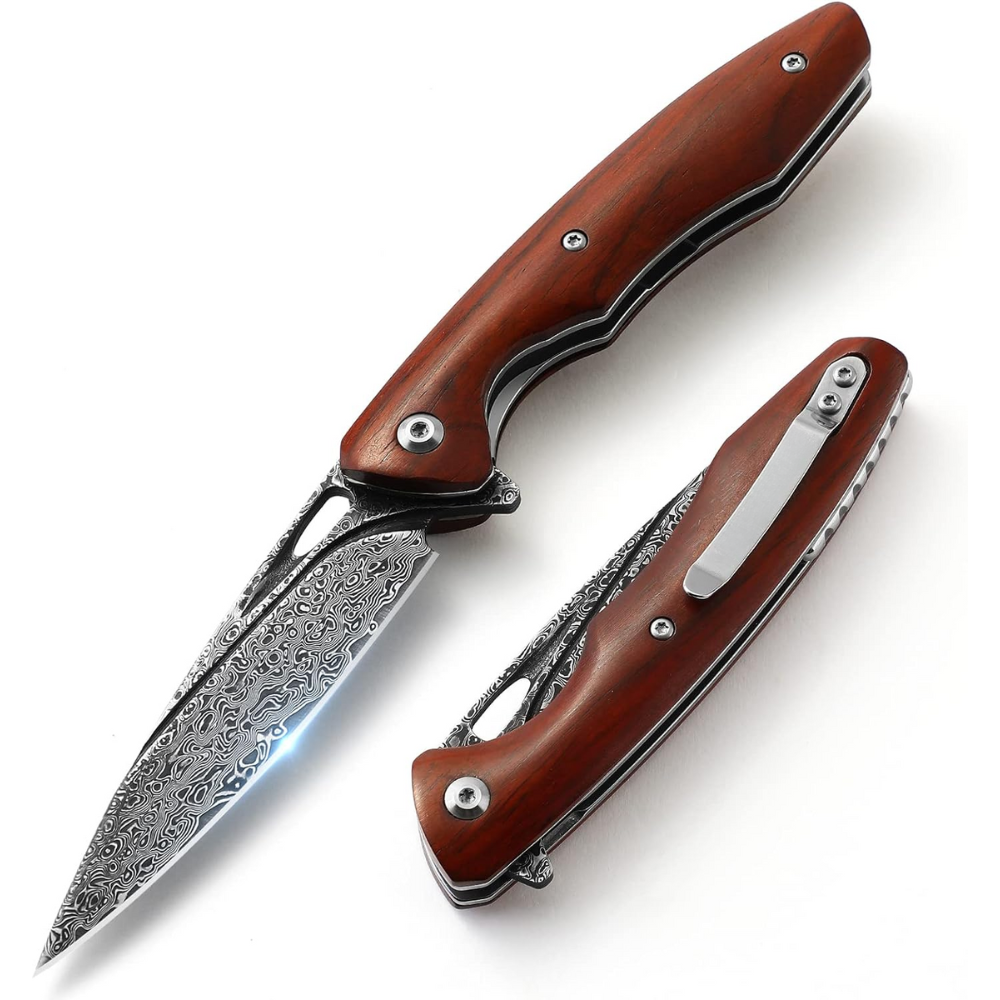
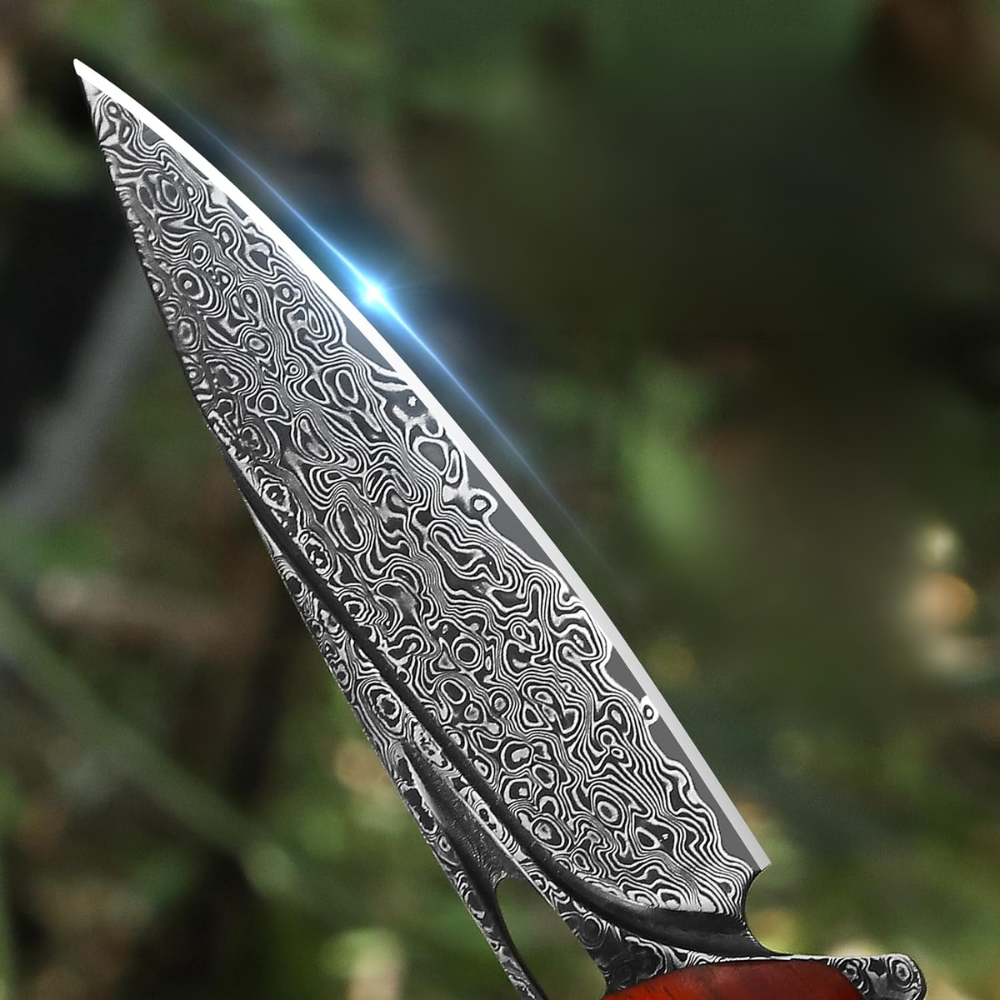
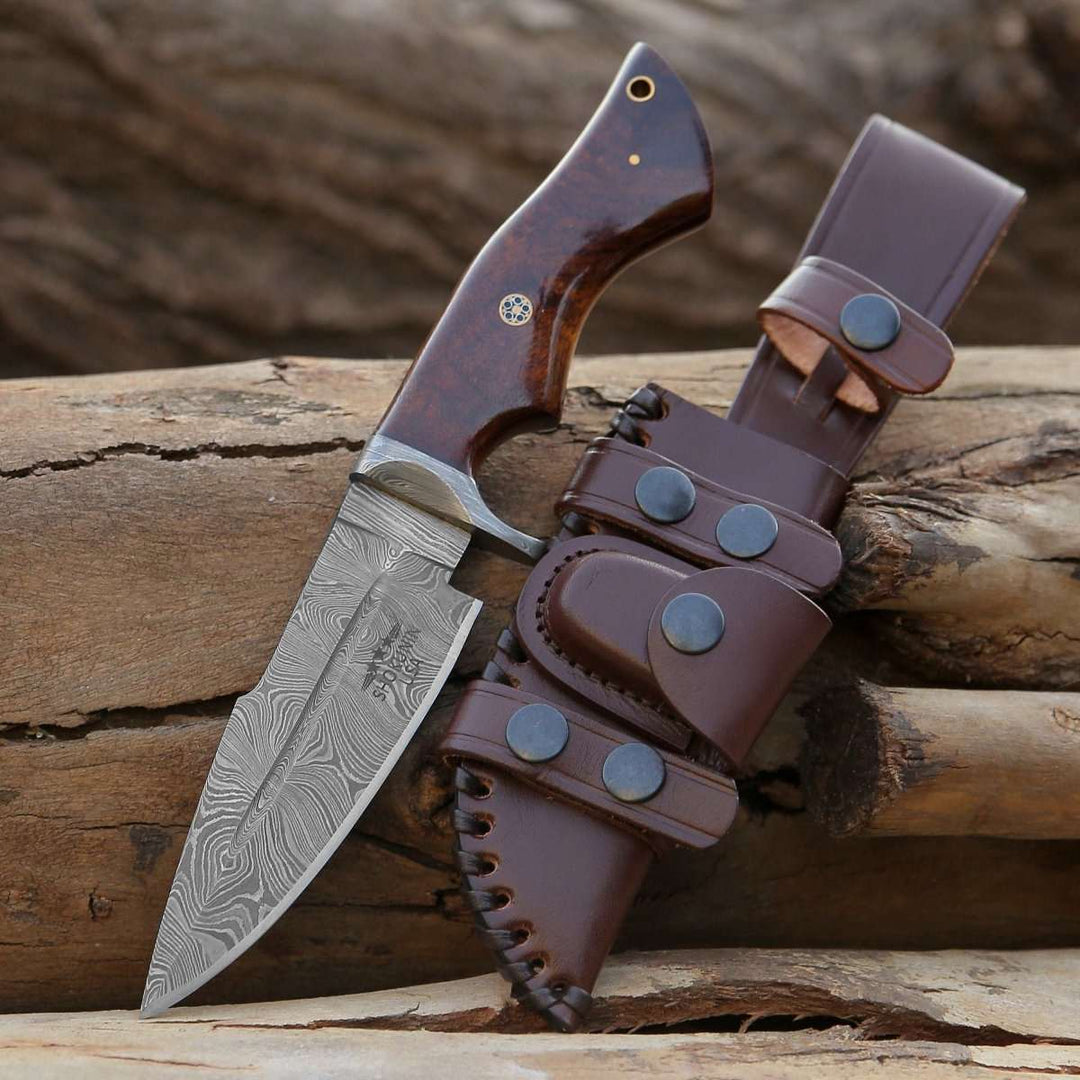
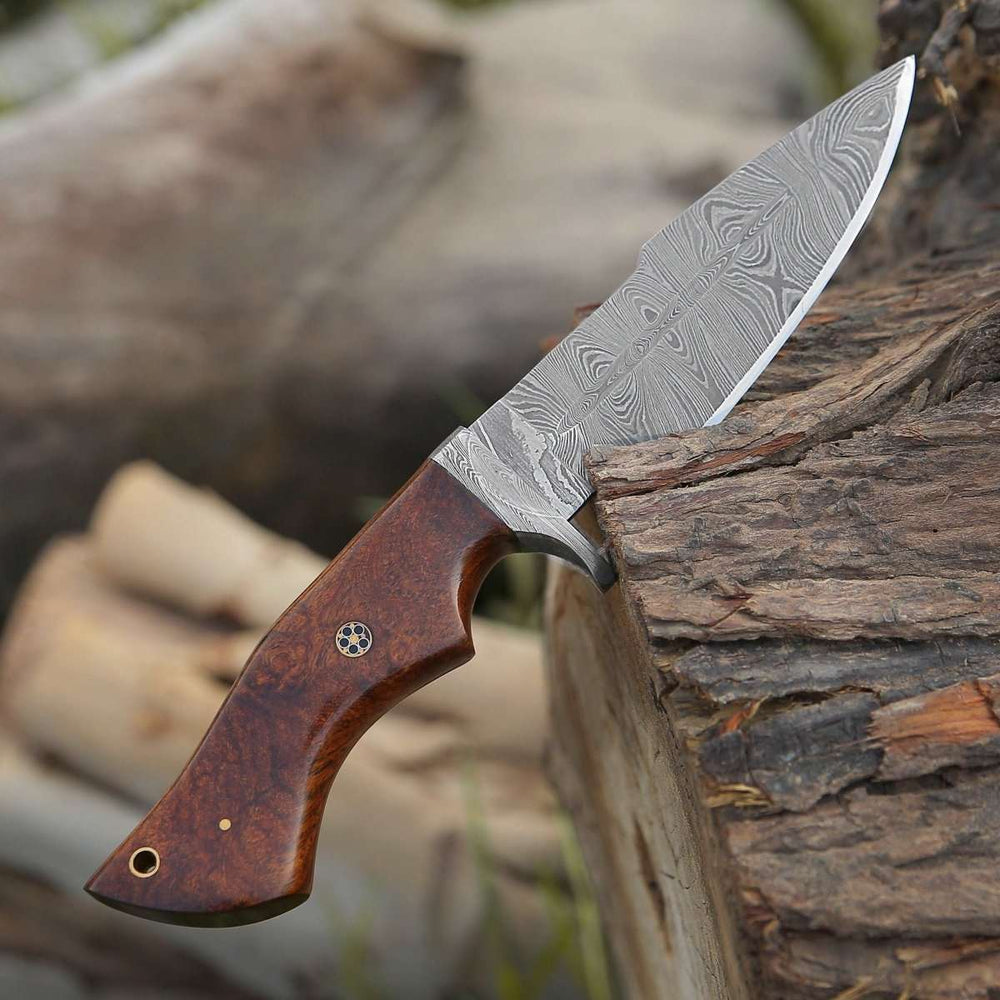
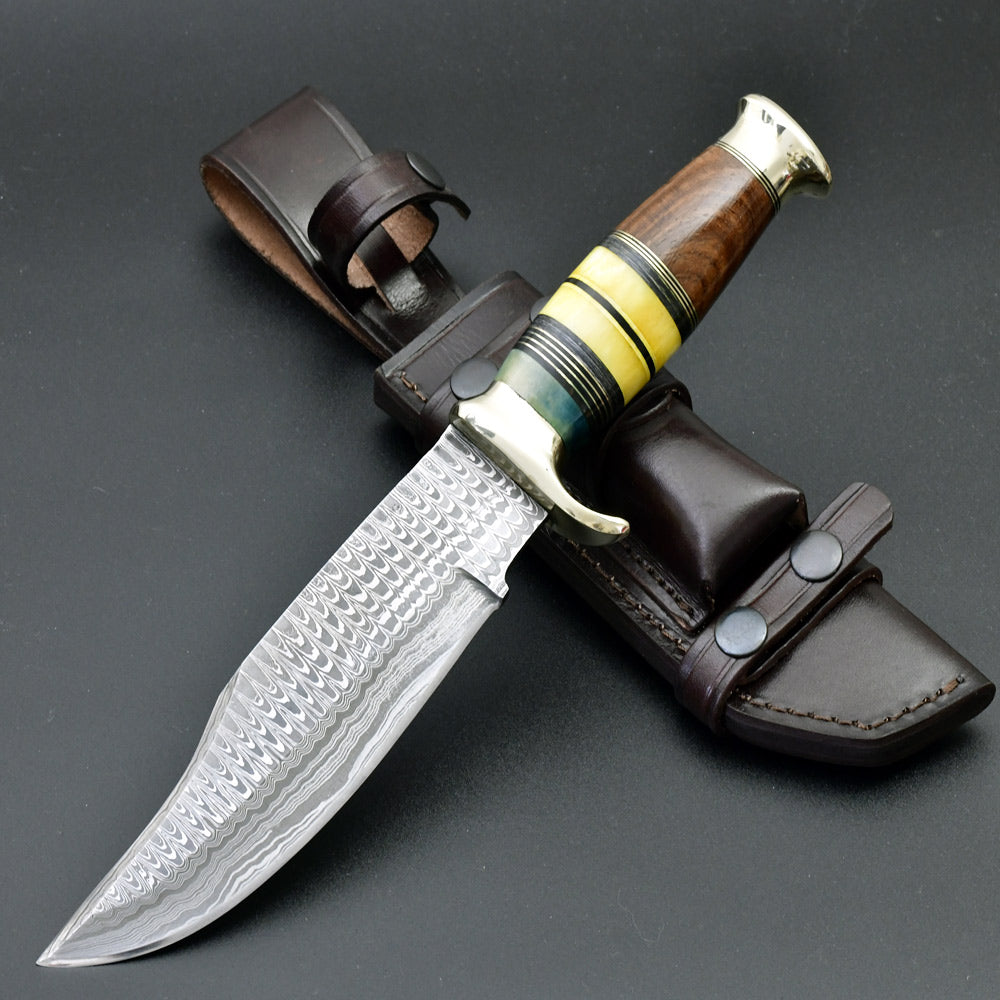
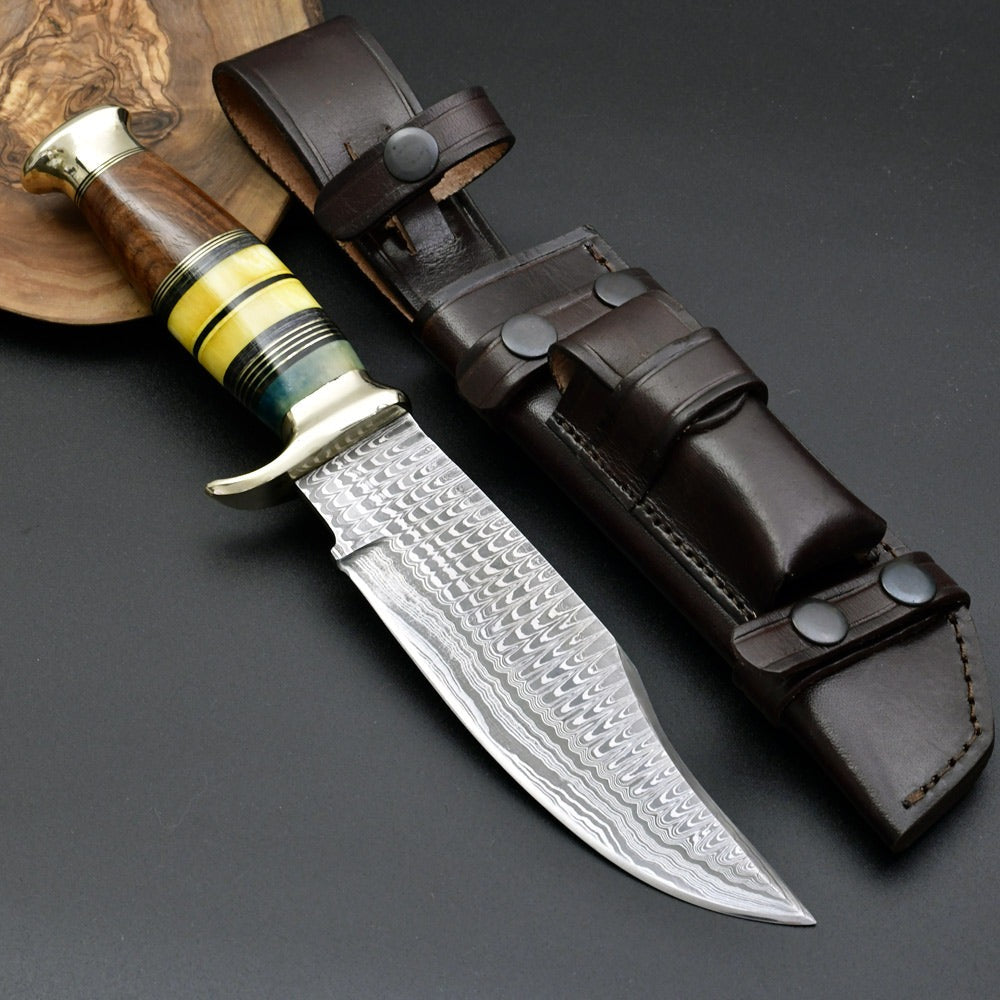
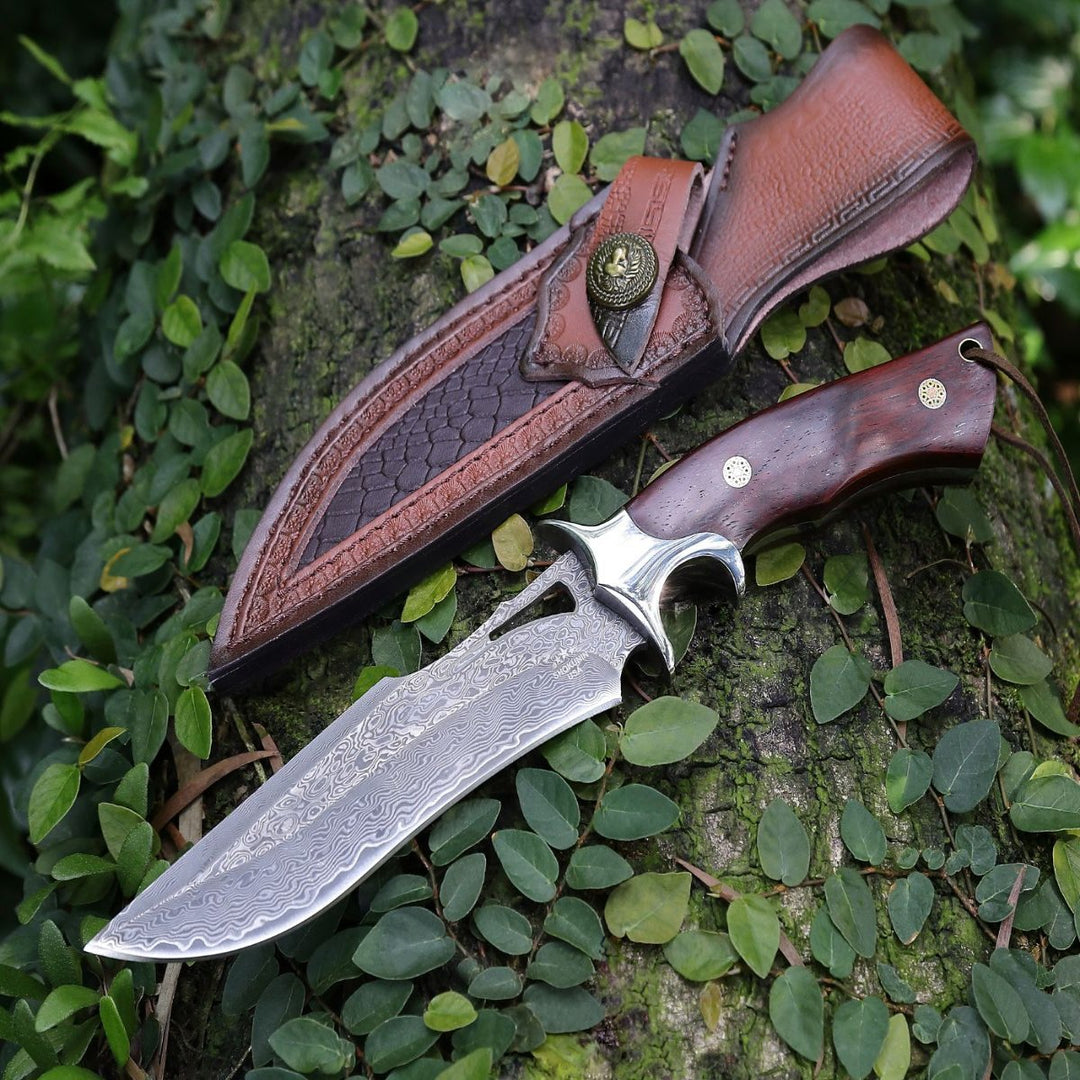
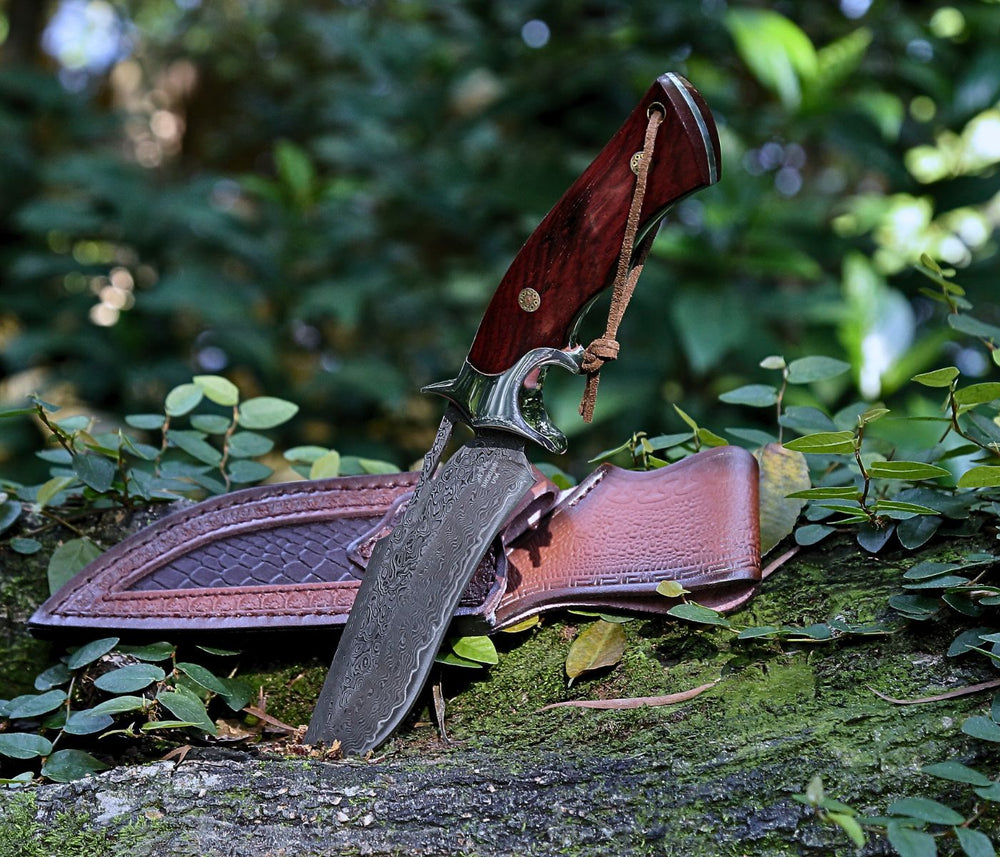
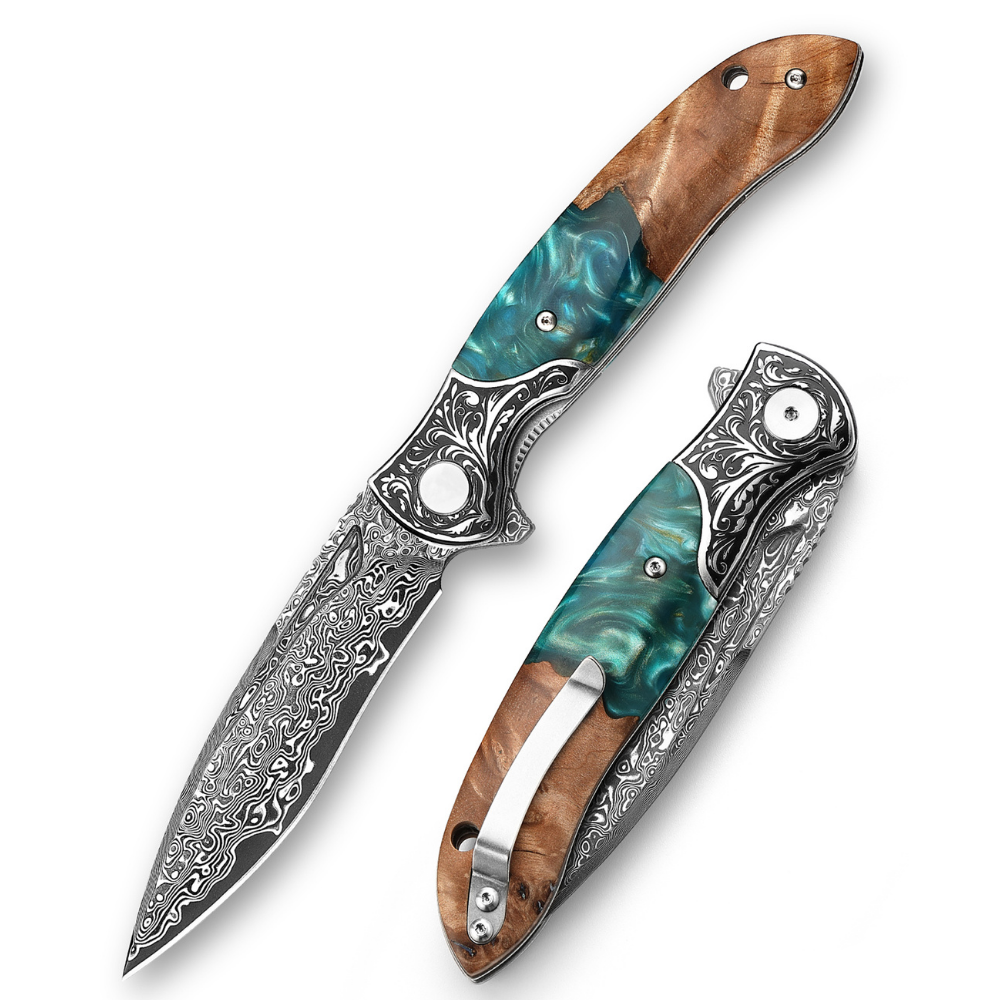
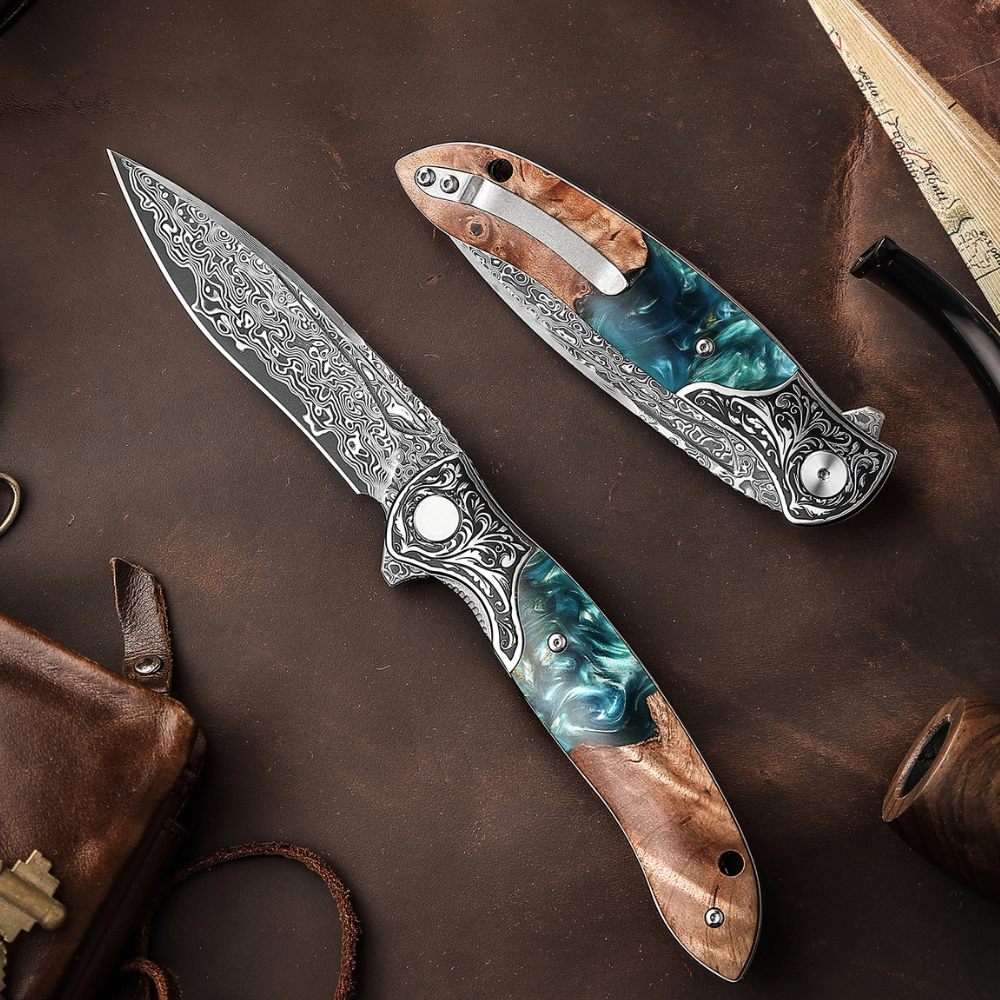
Dejar un comentario